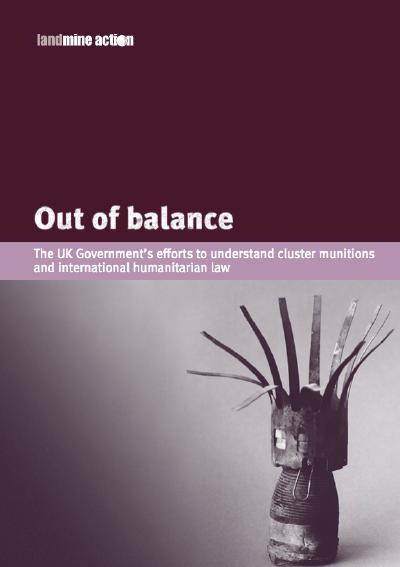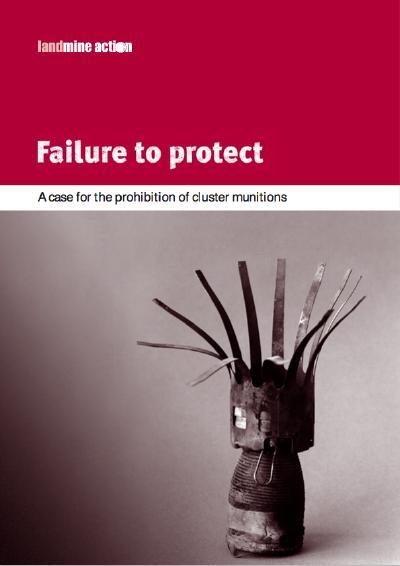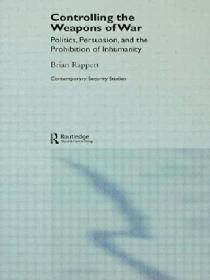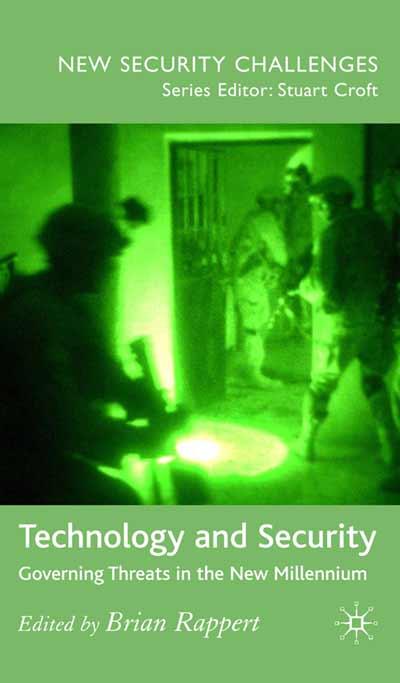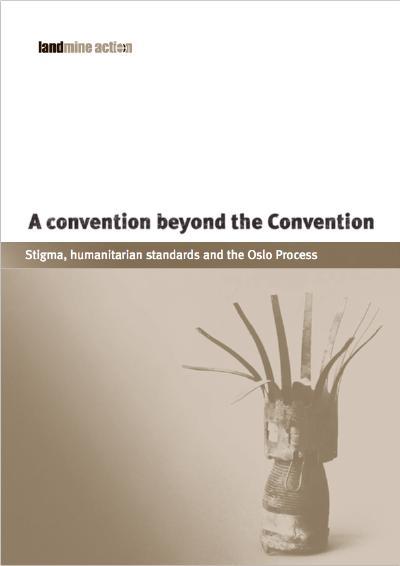As stated in Article 35(1) of 1977 first Additional Protocol to the Geneva Conventions of 1949:
In any armed conflict, the right of the Parties to the conflict to choose methods or means of warfare is not unlimited.
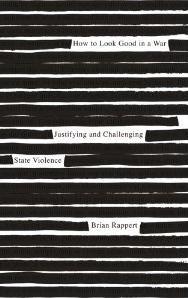 Just what methods or means of warfare might be inappropriate — that is, what lies outside the realm of the necessary, just or civil — has been a topic for debate for some time.
Just what methods or means of warfare might be inappropriate — that is, what lies outside the realm of the necessary, just or civil — has been a topic for debate for some time.
In recent decades, a variety of national and international conventions have been agreed that limit the development and use of certain types of weapons — from leg-irons to mines to biochemical agents — largely justified out of concerns regarding their exceptional inhumanity.
Yet setting humanitarian bounds to the conduct of conflict raises many profound questions. Trying to establish clear rationales for what weapons might be more or less relatively acceptable is not straightforward. What makes killing and maiming by one method any worse than another? Why, for instance, should chemical weapons be deemed abhorrent when in certain scenarios high explosives cause much greater harm? Does the focus on some forms of force inappropriately give greater legitimacy to others? Moreover, is not something slightly perverse with trying to establish which means of killing are more acceptable anyway?
Through a variety of research lines, I have sought to address the matter of how limits are set on the use of force, specifically in relation to the permissibility of weapons. In this work I ask what is at stake in attempts to devise and enforce rules and classifications that can serve as the basis for assessments of the inhumanity of acts of violence.
Selected Publications
(For a complete listing of my publications click here)
- Mankoo, A. and B. Rappert (eds) 2018. Chemical Bodies: The Techno-Politics of Control. London: Rowman and Littlefield, pp 226. Read a sample chapter.
- Dymond, A. and B. Rappert 2015. The Role of Civil Society in the Control of New Weapons Technologies. Sicherheit und Frieden 2: 73-8.
- Rappert, B. 2012. How to Look Good in a War: Justifying and Challenging State Violence. London: Pluto.
- Rappert, B., R. Moyes, A. Crowe and T. Nash 2012. The Roles of Civil Society in the Development of Standards around New Weapons and other Technologies of Warfare. International Review of the Red Cross 94(886): 765-785.
- Rappert, B. and R. Moyes 2010. Enhancing the Protection of Civilians from Armed Conflict: Precautionary Lessons. Medicine, Conflict & Survival 26(1): 24–47.
- Rappert, B. and R. Moyes 2009. The Prohibition of Cluster Munitions: Setting International Precedents for Defining Inhumanity. Non-proliferation Review 16(2): 237-256. See as well: Rappert, B. and R. Moyes 2009. Response to Elvira Rosert. Non-proliferation Review November: 321-323.
- Rappert, B. 2008. A Convention beyond the Convention: Stigma, Humanitarian Standards, and the Oslo Process. London: Landmine Action.
- Rappert, B., B. Balmer and J. Stone 2008. Science, Technology and the Military: Priorities, Preoccupations and Possibilities. In: Hackett, E.J., O. Amsterdamska, M. Lynch and J. Wajcman (eds), The Handbook of Science and Technology Studies. London: MIT Press.
- Rappert, B. (ed) 2007. Technology and Security. London: Palgrave. Read the Introduction.
- Rappert, B. and R. Moyes 2006. Failure to Protect. London: Landmine Action.
- Rappert, B. 2006. Controlling the Weapons of War: Politics, Persuasion and the Prohibition of Inhumanity. London: Routledge.
- Rappert, B. 2005. Out of Balance: The UK Government's Efforts to Understand Cluster Munitions and International Humanitarian Law. London: LandmineAction.
